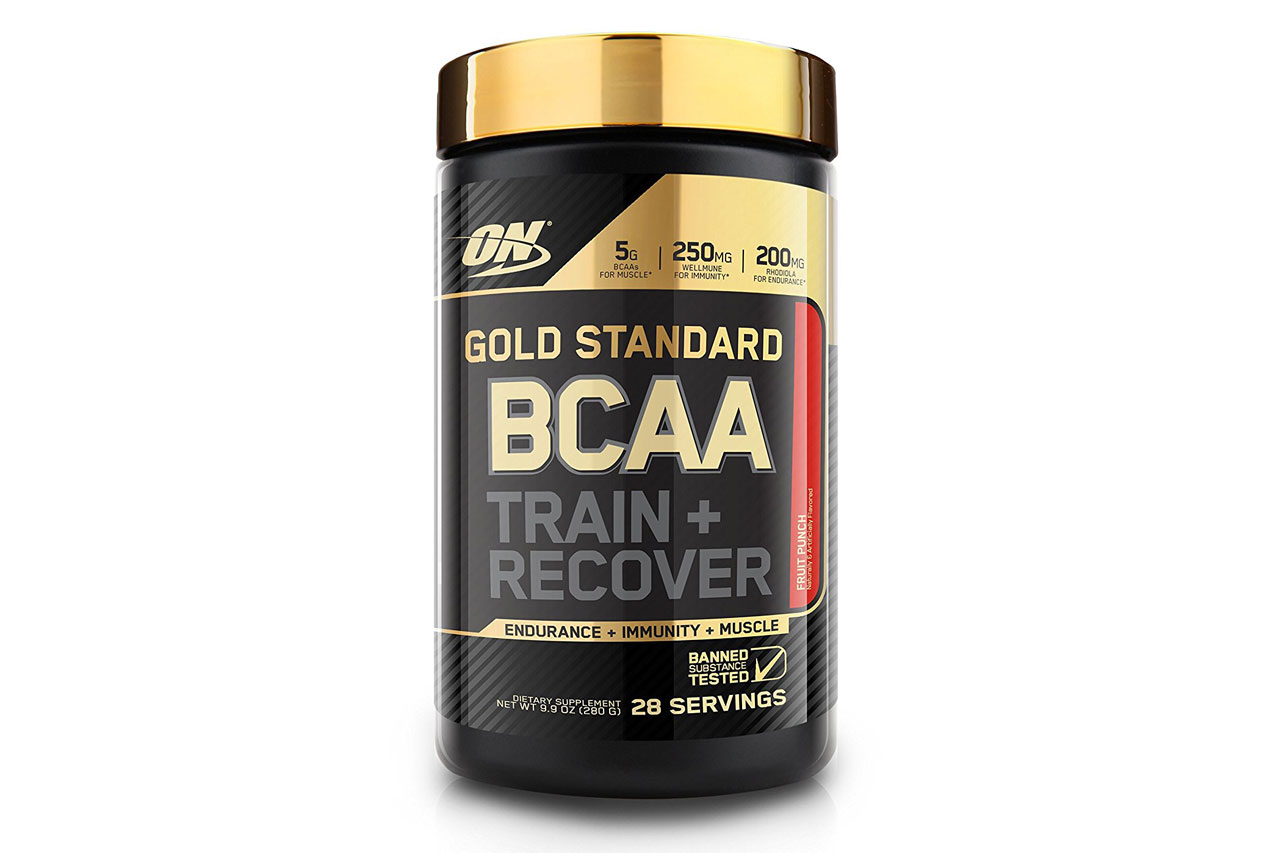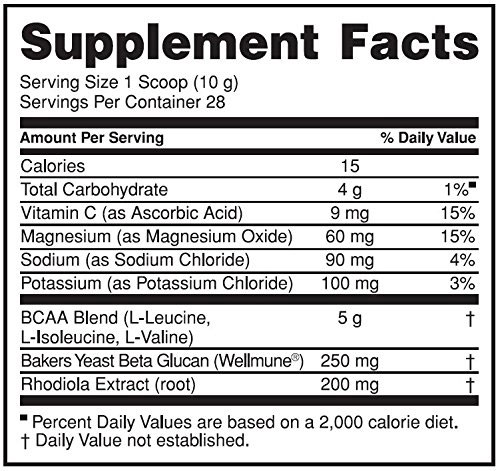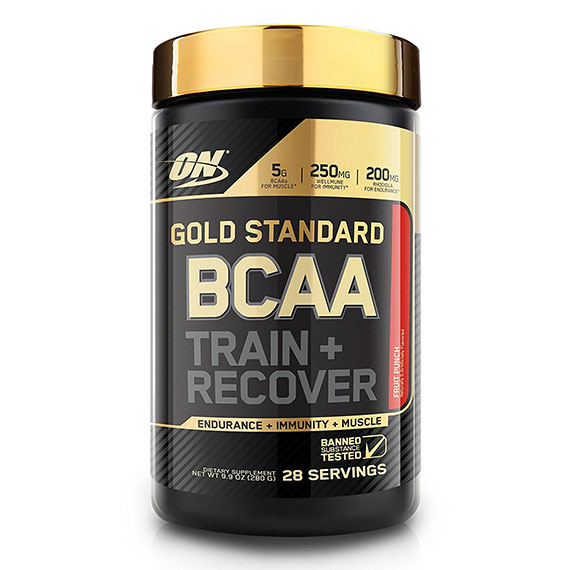Now it’s time to pay some attention to one very common supplement, which was used by the majority of athletes throughout the years. We can consider the BCAA supplements a top-notch supplement, simply because they are well-researched and widely used.
Even more to that, our foods do not consist of these amino acids. Modern researches can tell us a lot more about their effectiveness. So, do BCAAs really work, or is their effectiveness just a myth? Are BCAAs safe? We will answer these and many other questions here. We will try to be as objective as possible, with a scientific approach to the information given.
What are branch chained amino acids (BCAAs)?
Using the BCAA abbreviation, we express a combination of 3 amino acids with a branched molecular structure. Those are the amino acids leucine, isoleucine and valine.
Along with 6 different amino acids, BCAAs are defined as essential (irreplaceable) molecules. It is good to know that more than 30% of the essential amino acids in the body and 20% of the muscle tissue are the 3 amino acids mentioned above (leucine, isoleucine and valine).
What do BCAAs consist of?
Each amino acid taken separately has its own common and unique functions, but taking them in a combination creates a new kind of stimulation. For now, it is known that the amino acid intake modifies the effect, as it tilts to one or another function, depending on the proportions of Leucine: Isoleucine: Valine. There are different combinations and proportions of these substances. The most common ones are:
- 2:1:1 – This is the oldest proportion of the 3 substances and therefore, it is the most researched one, that has been proven to work. This combination acts as a muscle protector.
- 4:1:1 – This is the second most common formula. The significantly bigger dose of leucine stimulates the mTOR signal protein-enzyme, which is responsible for muscle growth, recovery and loss of appetite.
- 8:1:1 – A fairly new combination which primarily focuses on mTOR. The idea is that mTOR acts as a main hormone, around which many anabolic and anticatabolic hormones’ production is stimulated.
- Pure leucine- A very popular trend lately. The idea here is that leucine is the only amino acid out of the 3, which has an anabolic effect. The impact of pure leucine is not really a life-changer though, as leucine has been proven to work better when combined with essential amino acids
What should you know about BCAAs?
Supplementing with BCAAs is proven to improve the protein balance in the skeletal musculature, under certain conditions:
- Muscle protection- They protect the musculature during heavy, prolonged workouts, if there is no glycogen in the muscles (because of the diet or the workout itself)
- Hypertrophy stimulus at a time of eating at a calorie surplus, thanks to mTOR.
- Muscle function improved, muscle and nerve exhaustion lowered.
What are BCAAs used for and what are the benefits of them?
Even though BCAAs have been used for more than 50 years as a supplement, they still need researches that can prove their qualities once and for all. Proven applications of BCAAs for people
- Recovery of necrotic muscle tissue and increased speed of recovery, during and after resistance training. Researches have shown that BCAAs help improve the protein synthesis and reduce secondary muscle damage, after the workout. Similar results were found out with earlier researches, that concluded BCAAs help protect the musculature from catabolic processes during and after the workout.
- BCAAs help you concentrate during extensive aerobic sessions. Many cognitive benefits have been linked to the use of BCAAs, such as better reaction time, accuracy, etc.
All these benefits are linked to the lowered exhaustion during aerobic activity and their effect is most significant during the last phase of the workout.
- BCAAs suppress the overall exhaustion during extensive aerobic activity- this effect is linked to BCAAs’ ability to increase the tryptophan flow to the brain.
- Branched chain amino acids can be used as fuel for the muscles during glycogen-exhausting activities
- BCAAs improve endurance and fat burning during glycogen-exhausting workouts. This is due to the glycogen-saving properties of BCAA, which stimulate the oxidation of fats.
- BCAAs improve liver health for patients with cirrhosis or hepatitis C- More and more researches prove the benefits of including BCAAs in the treatment of such patients.
- Other benefits of BCAAs are- Appetite stimulus, muscle strength and mass preservation.
So, do BCAAs actually help you build muscle mass?
This is one of the main questions revolving around BCAAs. For years, these amino acids have been advertised as a supplement for recovery and muscle building. A very new research however shows the hypertrophy-related effects of BCAAs in details, as well as the overall effect, during strength workouts.
The research claims that BCAAs have a mild effect upon the activation of the mTOR mechanism, which is not enough by itself. The absence of the other essential amino acids limits the “game changing” effect of BCAAs. The same thing goes for the ingestion of pure leucine. Essential amino acids intake or whole protein may be just as/more effective than BCAAs alone.
Side effects of BCAAs
Potential toxicity for the central nervous system, if taken in excessive quantities. Do not exceed the recommended doses and don’t combine with neurotoxins like glutamate, aspartame, D-Aspartic acid, aspartate and monosodium glutamate.
Who should take BCAA and what not to combine it with?
BCAAs are appropriate for any trainees, however, the supplement is not recommended for:
- Pregnant or breastfeeding women, children
- People who suffer from Parkinson’s disease and take medication for their illness.
- Do not combine with other neurotoxic substances
What can we combine amino acids with?
There is no scientific proof of synergism between BCAAs and other sports/health supplements. It is known that high doses of amino acids can lead to a deficit of B-6 Vitamin, which is why it is recommended to combine BCAAs with a supplement consisting of B-Group vitamins.
To stimulate muscle growth, BCAA or pure leucine can be more effective when combined with essential amino acids or whey protein. To regulate exhaustion and increase endurance, there are possible combination with beta-alanine and isotonic drinks that contain vitamins, minerals and carbohydrates.
Recommended dosages and ways of intake
Just like the regular amino acids, branch chained amino acids (BCAAs) have a large intake threshold, as no significant side effects have been recorded for daily intake. The recommended dosages for people who are physically active, are- Up to 10 g in 2 doses before and after workout. BCAA should be counted to your protein intake (e.g- You need 160g protein per day, but you only get 140 of them from food and the rest is 20g BCAA)
Do I need BCAA and how much?
If we accept 10g of BCAAs per day as your minimum intake and 20g as the maximum, then you should calculate your dosage according to how intense your workout is and what the size of the muscle group that you are training is (Are you actually exhausting your glycogen stores?)
You will not need BCAAs if you use low-volume training systems. However, if you have decided to train in a bodybuilding manner (Heavy, long workouts that exhaust the glycogen stores), Branch chained amino acids are your best ally in high doses. The optimal intake for non-competitive trainees is considered to be up to 10 grams a day, depending on how heavily you trained.
The heavier and longer your physical activity is, the lower your carbohydrate intake is- the more BCAAs you need (If it ain’t broken don’t fix it) So, we can say that taking BCAAs while being at a caloric surplus and high carbohydrate intake is pretty much useless. In essence, the diet and training conditions define whether or not you need BCAAs.
Which supplements contain BCAAs?
BCAAs are especially popular on the supplement market, as we said, it is one of the best supplements out there. BCAAs exist in the form of capsules, tabs and powder. The most common BCAAs are powdered ones, which have added flavors to them to avoid the tasteless, unflavored BCAA. BCAAs are added to all supplements that offer essential amino acids and are also a part of the content of every protein.
In a standard dose of protein, there are about 5 grams of BCAAs. Branch chained amino acids are often used in complex formulas like post workout recovery supplements or even in pre-workout supplements, to suppress the catabolic processes during the workout. Make sure to follow your body’s signals and pay very close attention to how much you actually need, according to your goals, workouts, nutrition and health.
MeanMuscles Recommendation: Optimum Nutrition Gold Standard BCAA
Optimum Nutrition Gold Standard BCAA
Fruit Punch, 28 Servings, Branched Chain Amino Acids, 5g BCAA blend



